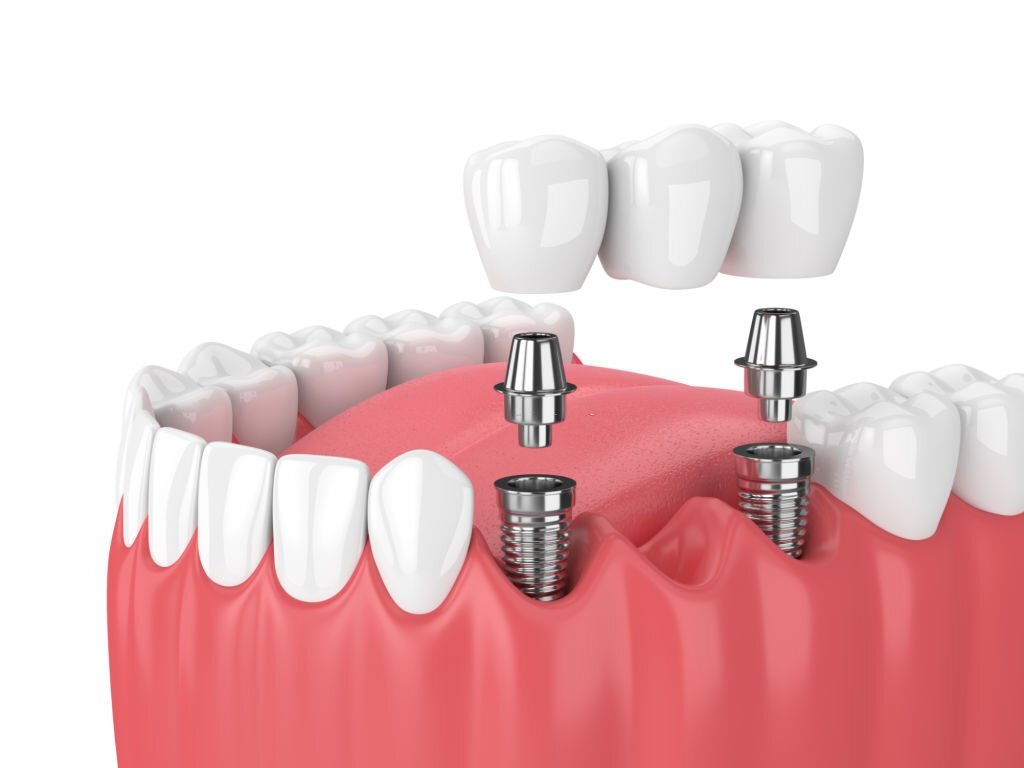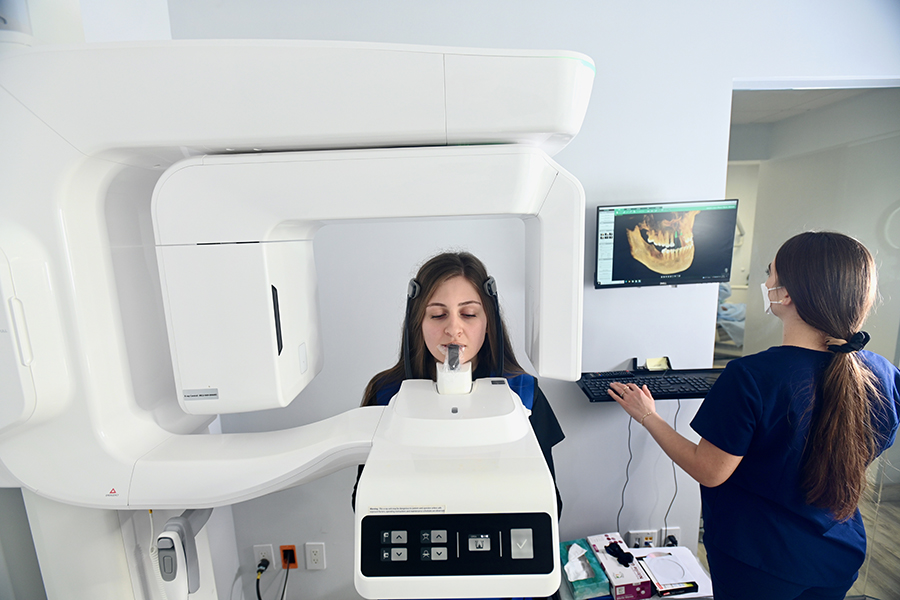
Fixed Dental Bridges
What is a Fixed Dental Bridge?
A fixed dental bridge can be compared to bridge that spans a river because it spans the gap between an patient’s teeth. It is a bridge that is non-removable structure that supports teeth. This is a type of bridge that can be supported by teeth on either side of the mouth. The purpose of a bridge is to replace missing teeth or a missing tooth.
How is a Bridge Designed?
The following is a step-by-step guideline on how a fixed bridged is installed.
Step 1: Supports for the bridge are prepared.
Step 2: Replacement crowns are imbedded on to a patient’s existing teeth to support the bridge.
Step 3: Teeth are pares down the teeth on the gap.
Step 4: An impression is taken of the teeth.
Step 5: The impression is sent to a dental technician.
Step 6: The bridge is made.
Step 7: For every prepared tooth, a replacement crown is created.
Step 8: The crowns are connected to an artificial tooth for replacement.
Step 9: The dentist cements the fixed bridge over the prepared teeth.
With a temporary bridge, a patient can eat like he/she normally eats. Most of all, the temporary bridge looks natural.
Are ‘Pared Down’ Teeth Protected Until a Patient’s Bridge is Received?
Prior to having a bridge placed, the patient will have a temporary acrylic bridge installed to help avoid sensitivity and protect the teeth.
What are Fixed Bridges Made Of?
A fixed bridge is made from either non-precious or precious metal that tooth colored porcelain are combined. Unlike conventional bridges from the past, modern bridges are created from porcelain completely.
Do Fixed Bridges Appear Natural?
Yes, a fixed bridged is designed to match a person’s natural teeth. A bridge that is placed in the front of the mouth will actually help improve a person’s smile.
Can a Person Chew Comfortably with a Fixed Bridge?
Yes, a person can chew food comfortably – like he/she would with a natural set of teeth. After a bridge is cemented into a person’s mouth, he/she may experience temporary sensitivity to cold or hot food and beverages.
Is Bridgework a Painful Procedure?
No, bridgework is normally not painful. A patient is given a local anesthetic to help numb potential pain. An anesthetic is given during the process of taking an impression and the paring of the teeth. It is rare for a patient to have to take pain medication following treatment.
Do Bridges Have a High Success Rate?
Yes. A fixed bridge is a preferable method of tooth (or teeth) replacement. In fact, bridges can last for several years.











